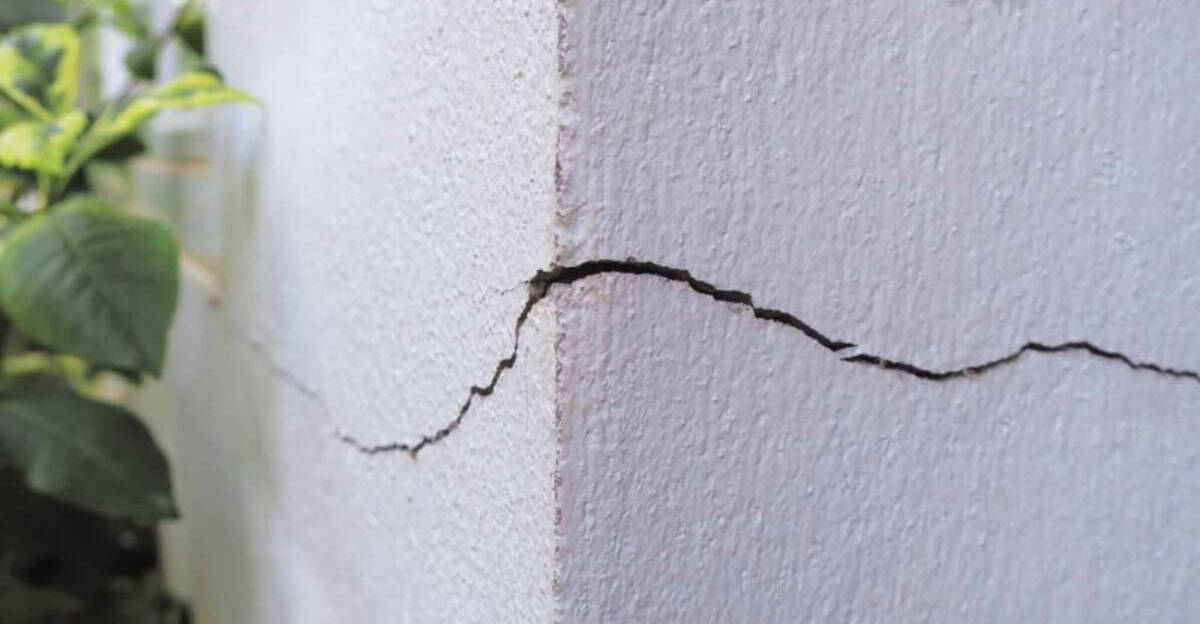Your home’s foundation is the backbone of its structural integrity. Maintaining a safe and sound foundation is crucial to avoid costly repairs and ensure the safety of its occupants.
This guide will explore 10 key indicators that should never be overlooked when assessing the safety of your foundation.
1. Cracks in Walls
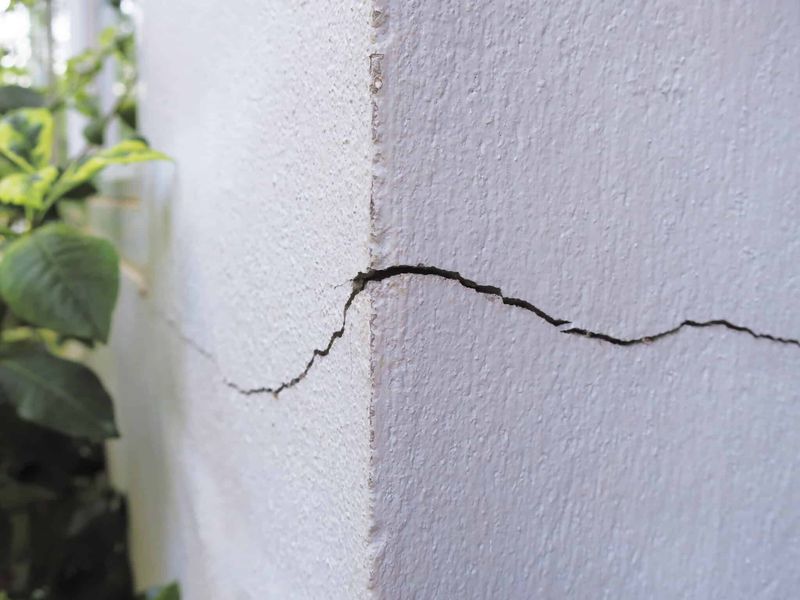
Cracks in walls can be more than just cosmetic blemishes. They often signal underlying foundational issues. In older homes, these cracks may appear as jagged lines running across plaster or drywall.
Small hairline cracks might seem harmless, but when they widen or appear in clusters, it’s time to take action.
Beyond aesthetics, these fractures may point to shifts in the foundation that can lead to significant damage.
Keep an eye out for horizontal or stair-step cracks, as they often indicate serious structural problems that require professional assessment.
2. Uneven Floors
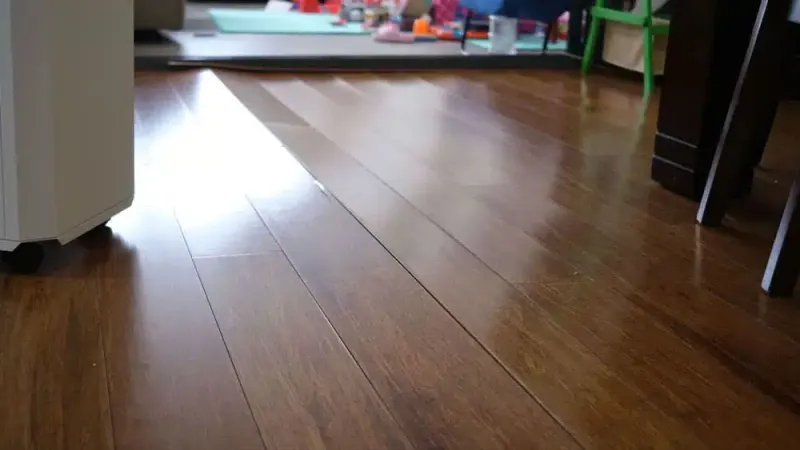
Uneven floors can be unsettling, causing furniture to tilt and doors to swing open. This often indicates a shift in your home’s foundation.
If you notice that a pen rolls off a table or a ball doesn’t stay put, it’s time to investigate further.
Such irregularities can result from soil movement beneath the foundation, leading to subsidence. While some homes naturally settle over time, a rapid change in floor level should raise concerns.
Consulting a professional can help determine if it’s a minor issue or something more severe.
3. Sticking Doors and Windows
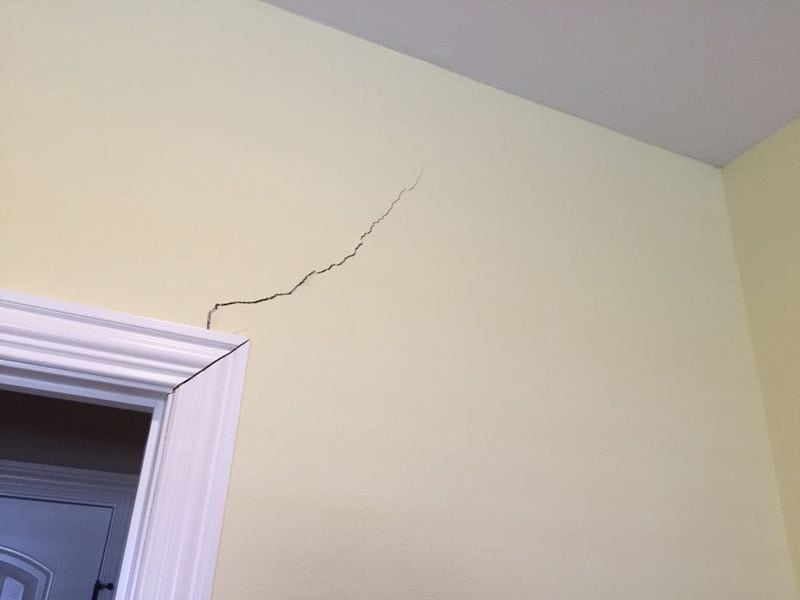
Doors and windows that suddenly become difficult to open or close can be more than just a nuisance. They often reflect larger foundation issues.
When frames become misaligned, it’s a sign that the foundation may be shifting.
Such shifts can cause the frames to warp, making them hard to operate. This is particularly noticeable in older homes where age-related settling might exacerbate the problem.
An expert evaluation can help you understand the cause and necessary remedies.
4. Gaps Around Window Frames
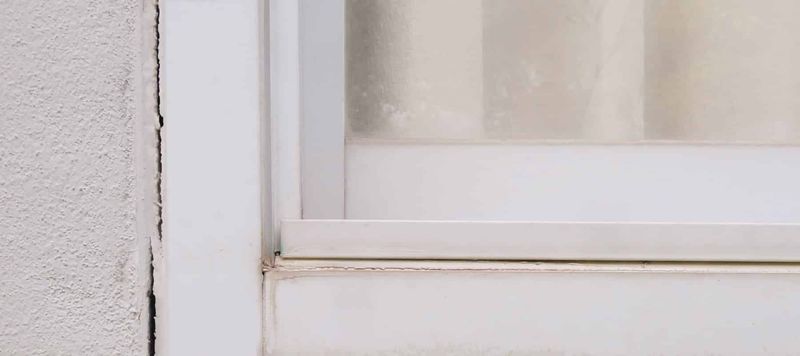
Gaps around window frames can indicate more than just poor construction. They often suggest foundation settling. These voids can allow air and moisture to enter, affecting energy efficiency and comfort.
Over time, as the foundation moves, these gaps can widen, leading to further structural issues.
Regular inspection can help catch these signs early, allowing for timely repair and preventing more extensive damage down the line.
5. Bowing Basement Walls
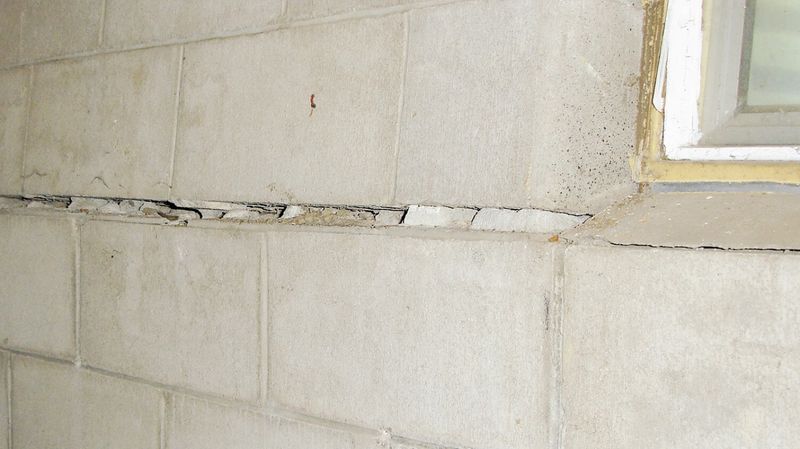
Bowing basement walls are a red flag for potential foundation failure. This bulging occurs when external pressure from soil or water builds up against the foundation walls.
It can lead to severe structural integrity loss if not addressed promptly. The pressure may cause cracks or even collapse, posing serious safety risks.
Regular checks and professional evaluation can help identify and mitigate these issues early.
6. Water Intrusion in Basement

Water intrusion in the basement is more than just an inconvenience; it often signals serious foundation concerns.
Whether it’s from cracks in the walls or poor drainage, water can cause mold growth and structural damage.
Addressing these issues promptly can prevent more significant problems and maintain a healthy living environment. Waterproofing solutions and professional inspections are vital in managing these concerns.
7. Sinking or Settling Foundation
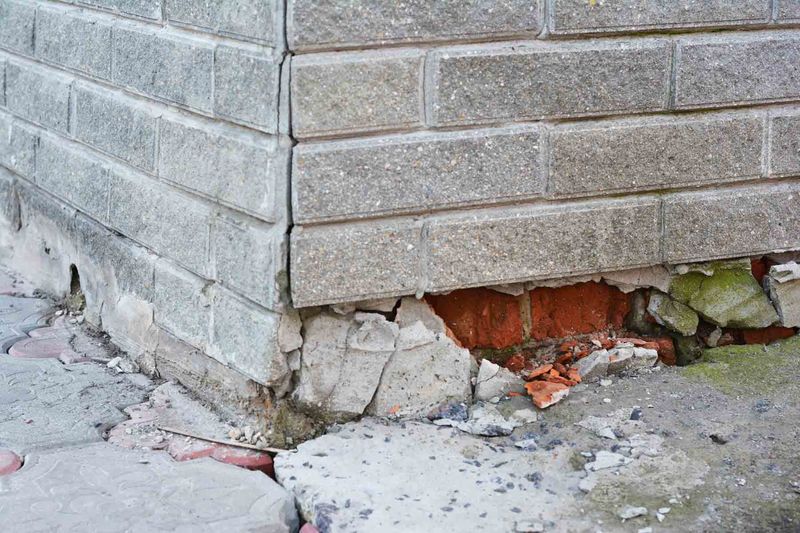
A sinking or settling foundation can lead to a range of structural problems in your home. This is often visible through misaligned walls or a sloping yard.
Such settling is commonly caused by soil erosion or inadequate compaction during construction.
If ignored, it could lead to severe damage and costly repairs. Professional assessment and stabilization techniques can help manage these concerns effectively.
8. Exterior Brick Cracks
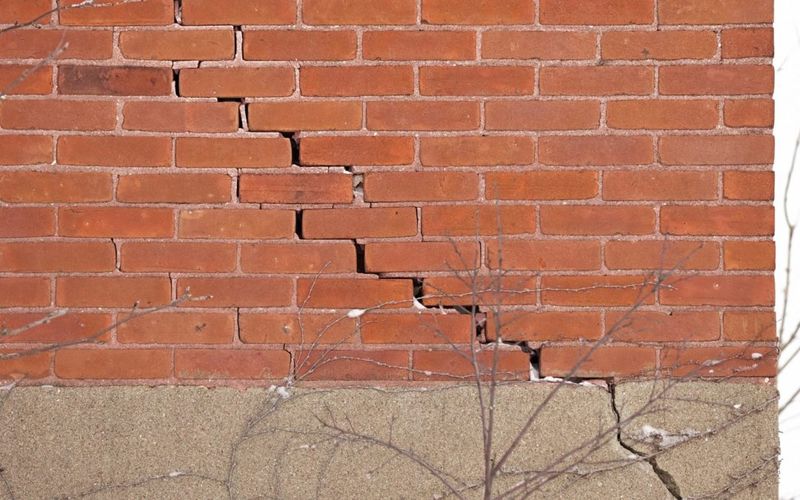
Cracks in exterior brickwork are more than a visual concern; they can indicate serious foundation issues.
These cracks often appear as stair-step fissures, reflecting movement or instability in the foundation.
Ignoring these signs can result in escalating structural problems. Regular monitoring and timely intervention can help maintain the integrity of your home’s structure.
9. Floor Tile Cracks
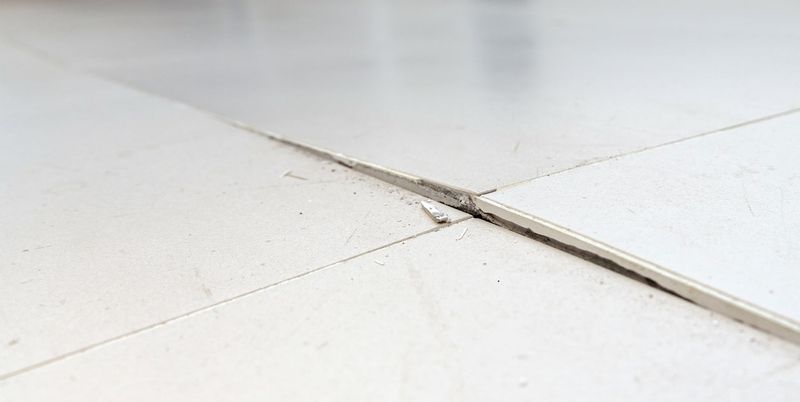
Cracked floor tiles can signal more than just wear and tear; they may point to underlying foundation problems. These fractures are often caused by shifting or settling of the foundation beneath.
Such movement can exert pressure on the flooring, leading to visible damage. Addressing the root cause is essential to prevent further deterioration and ensure safety.
10. Misaligned Chimney
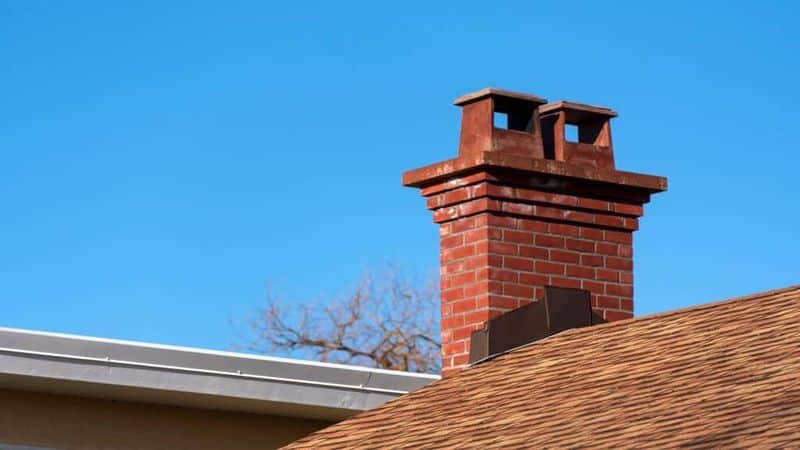
A misaligned chimney can indicate shifts in the foundation. This is often seen in older homes where settling has caused the structure to tilt or lean away from the house.
Such misalignment not only affects aesthetics but can also pose safety risks if left unaddressed. Professional inspection and correction can help restore stability and prevent further issues.

